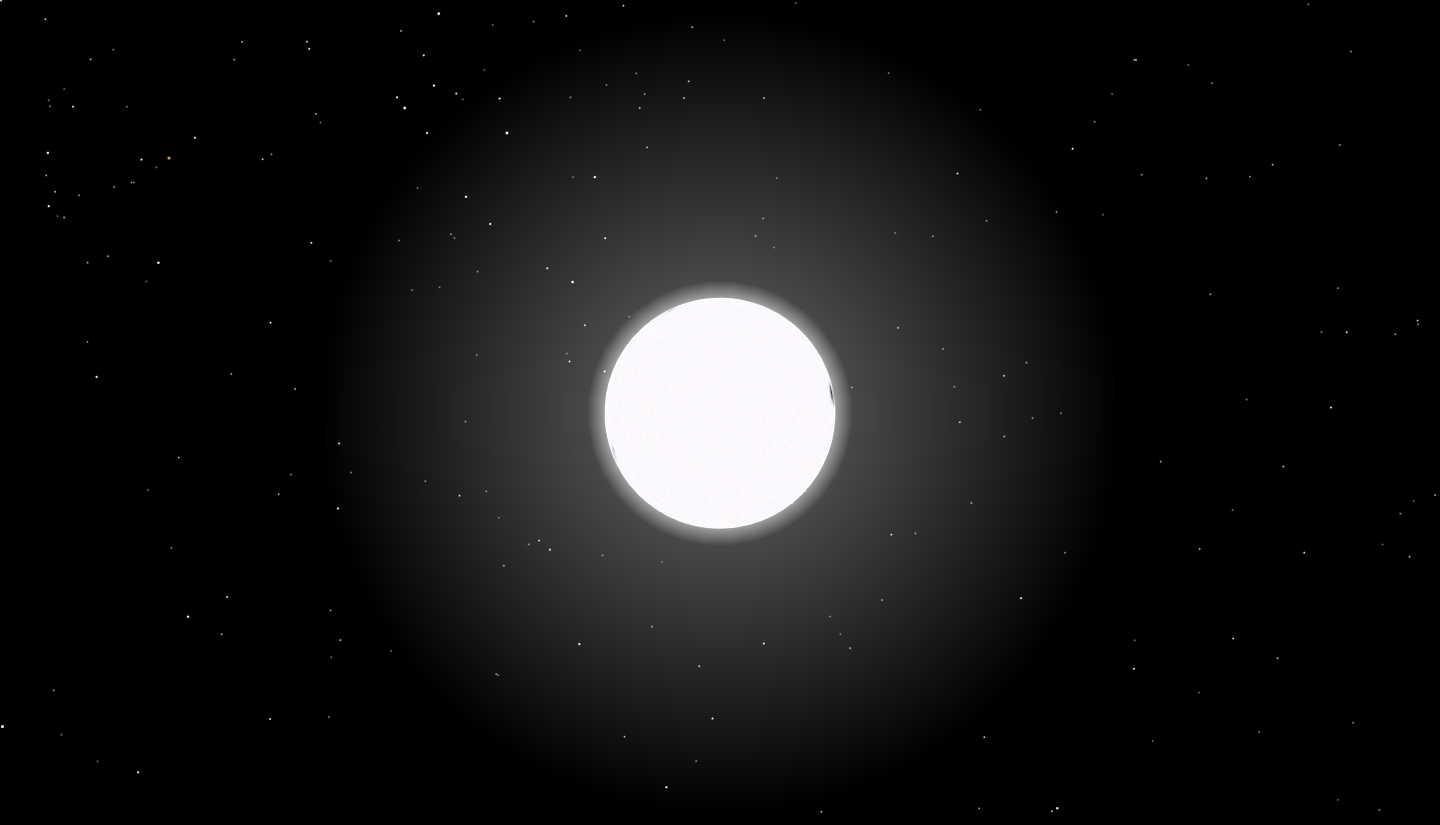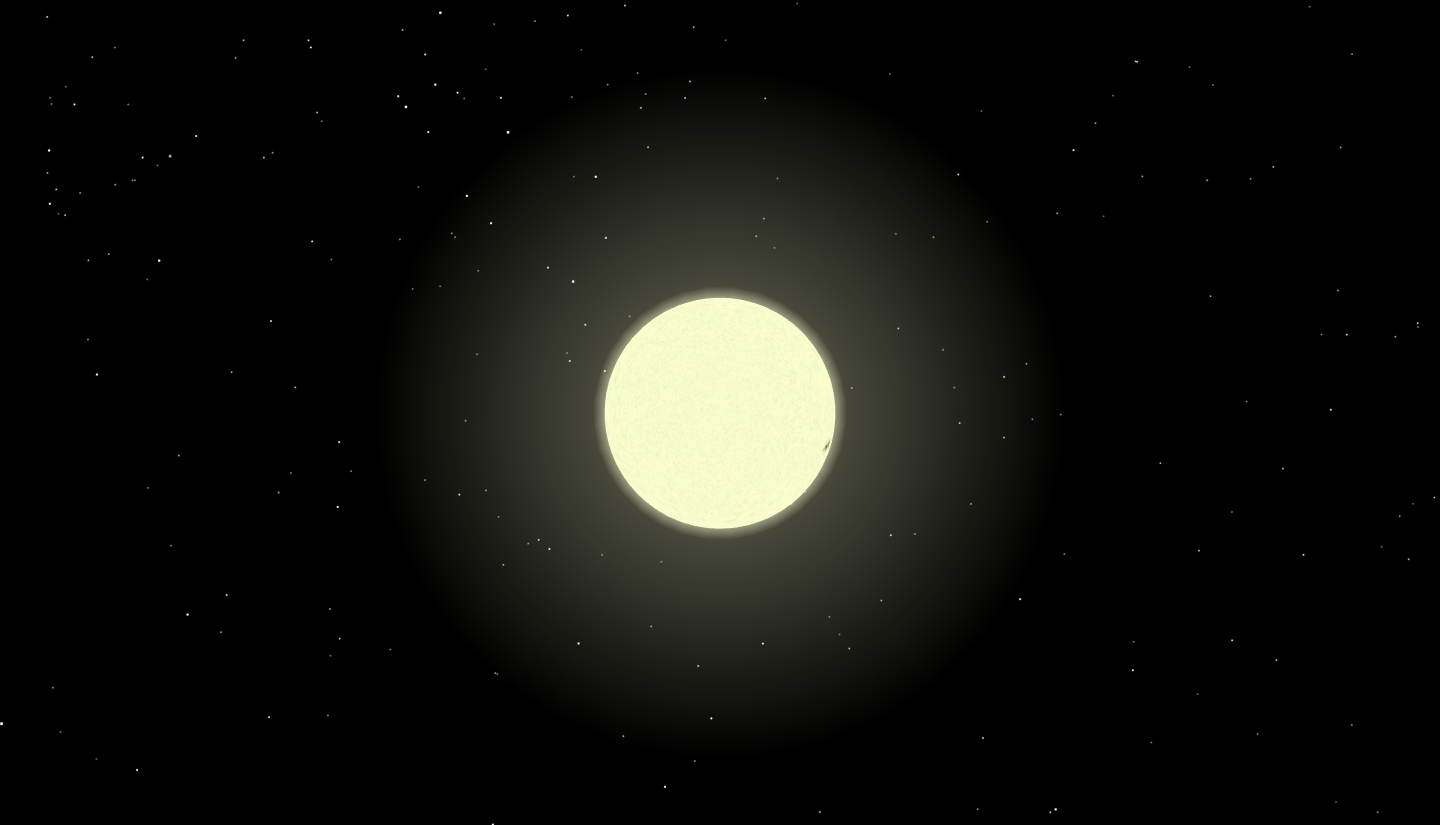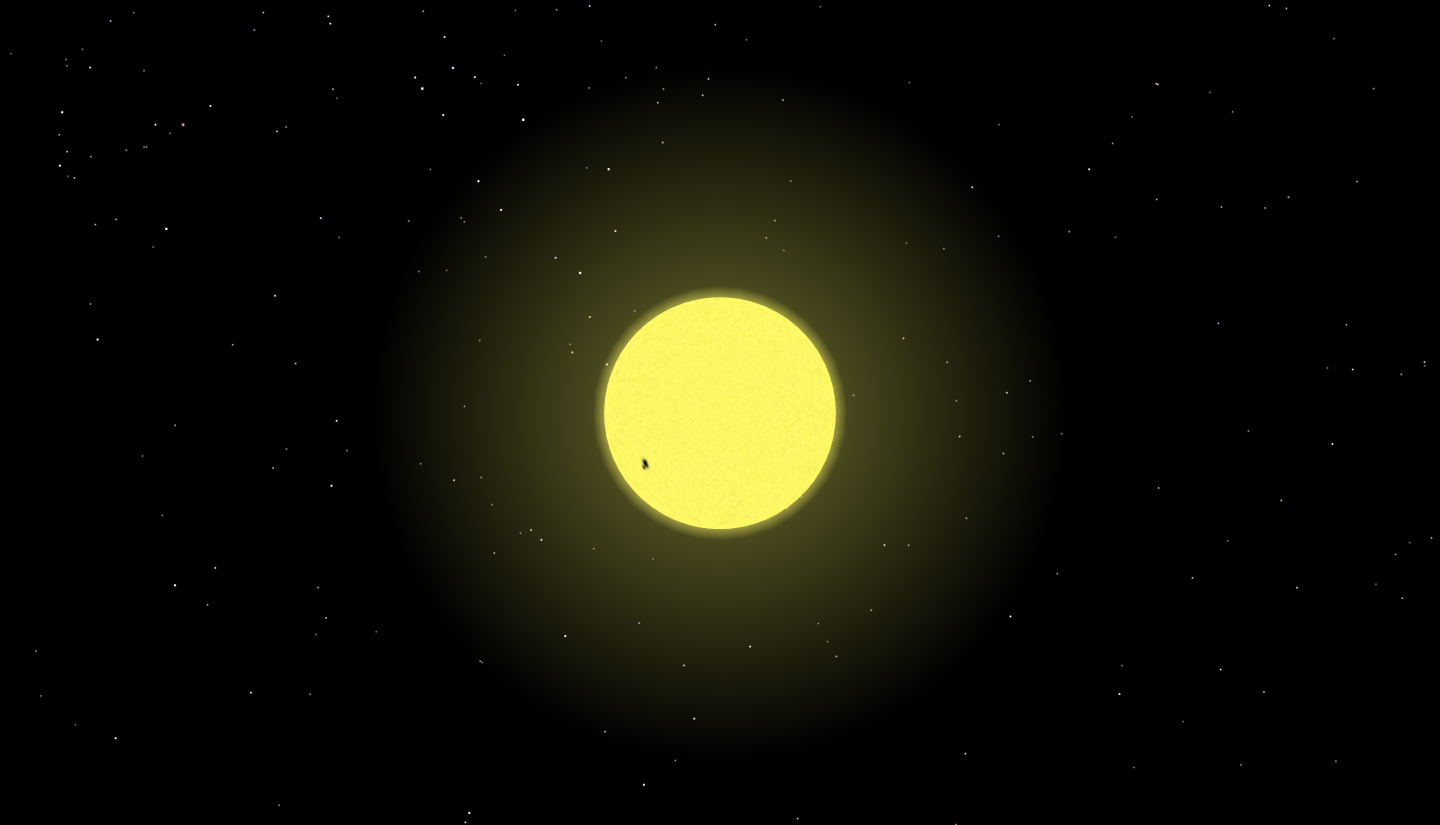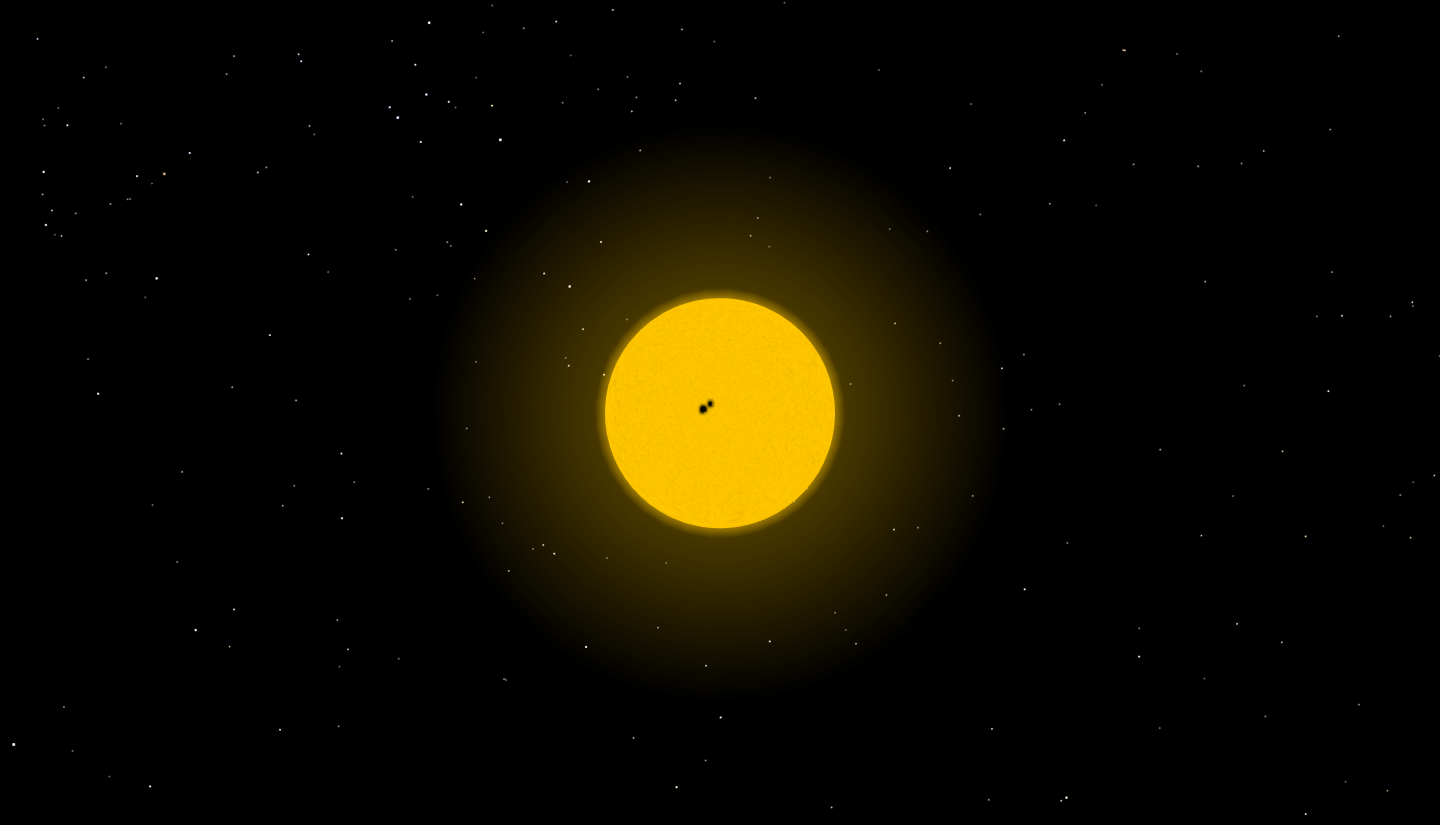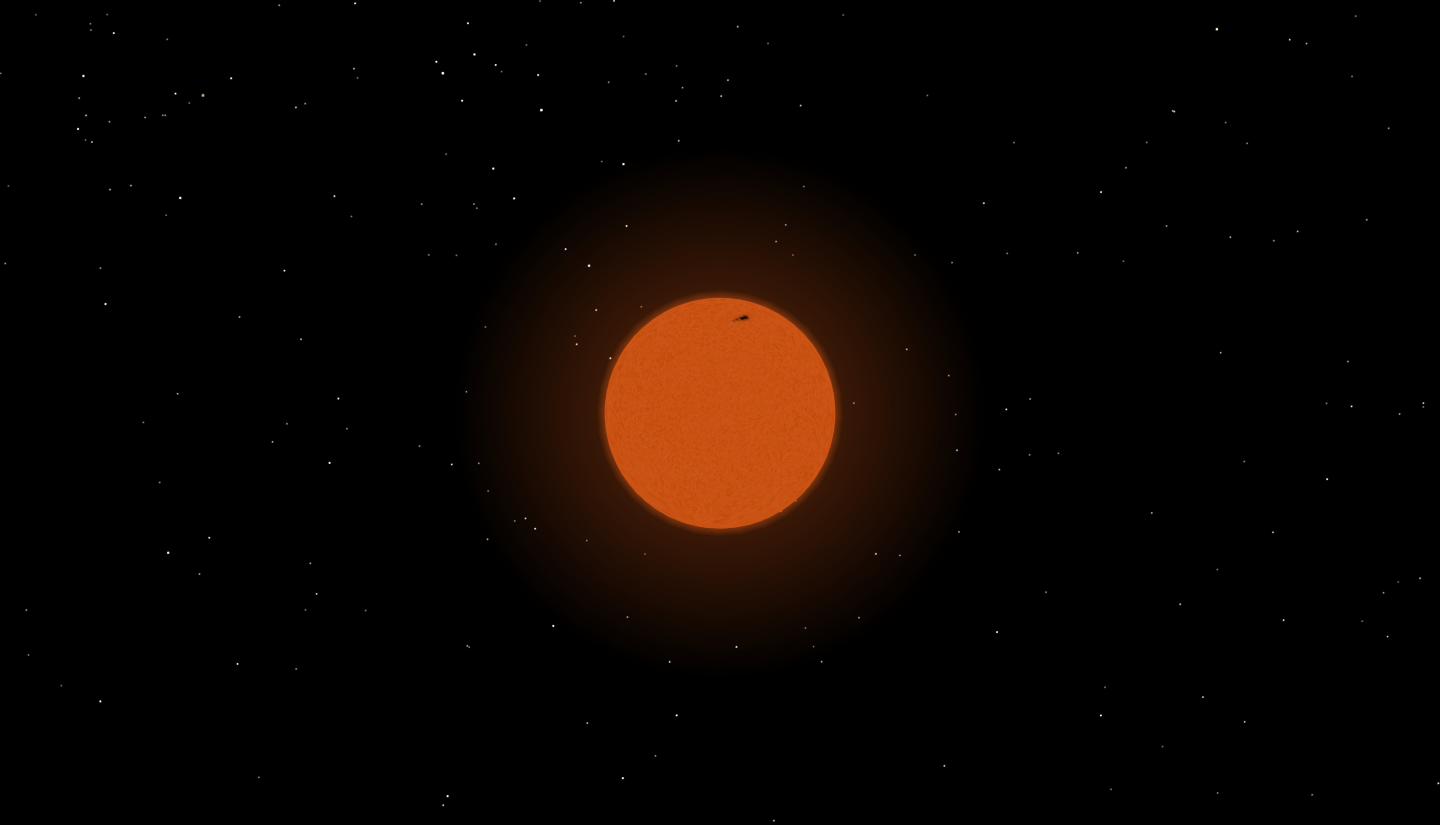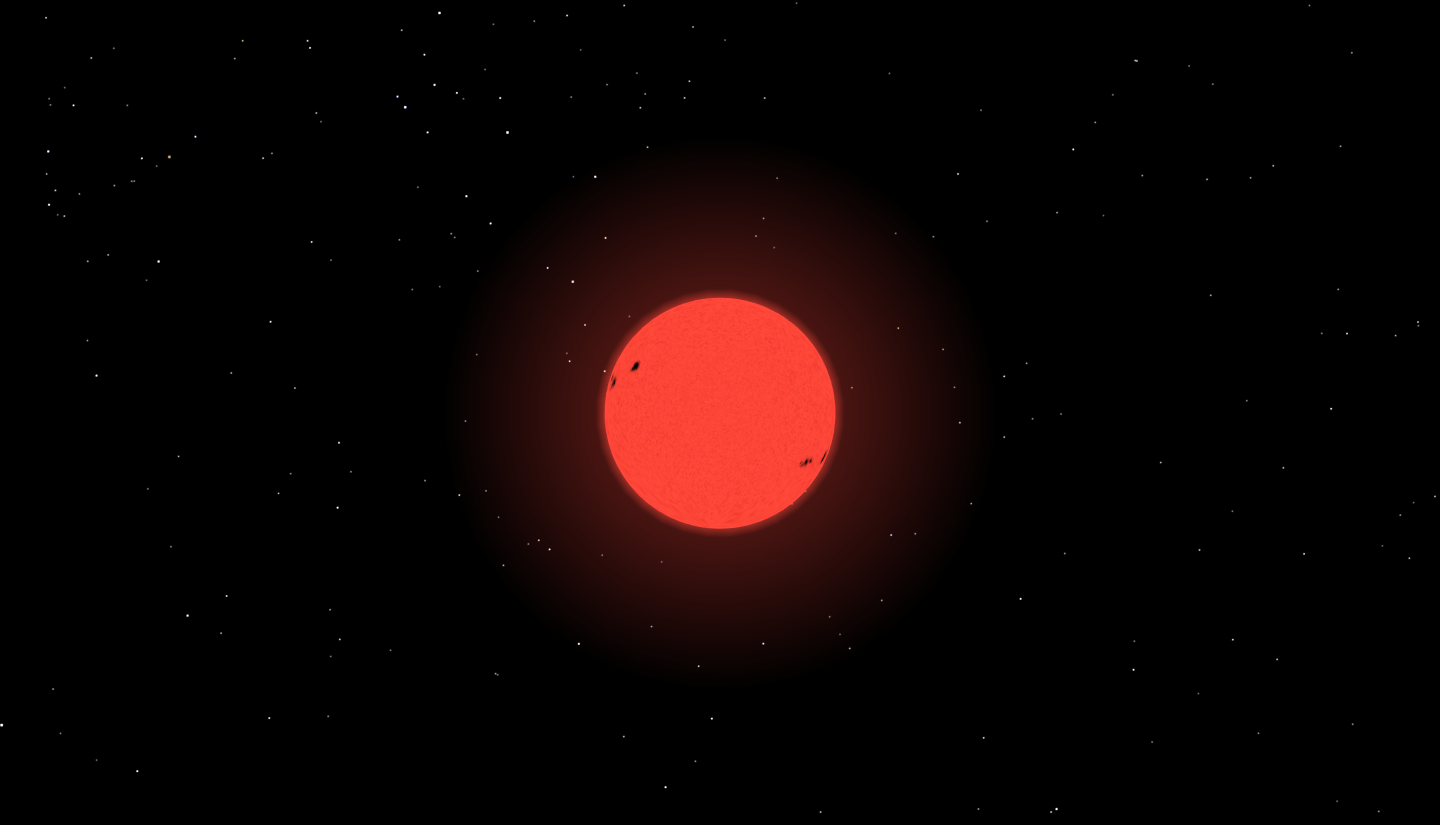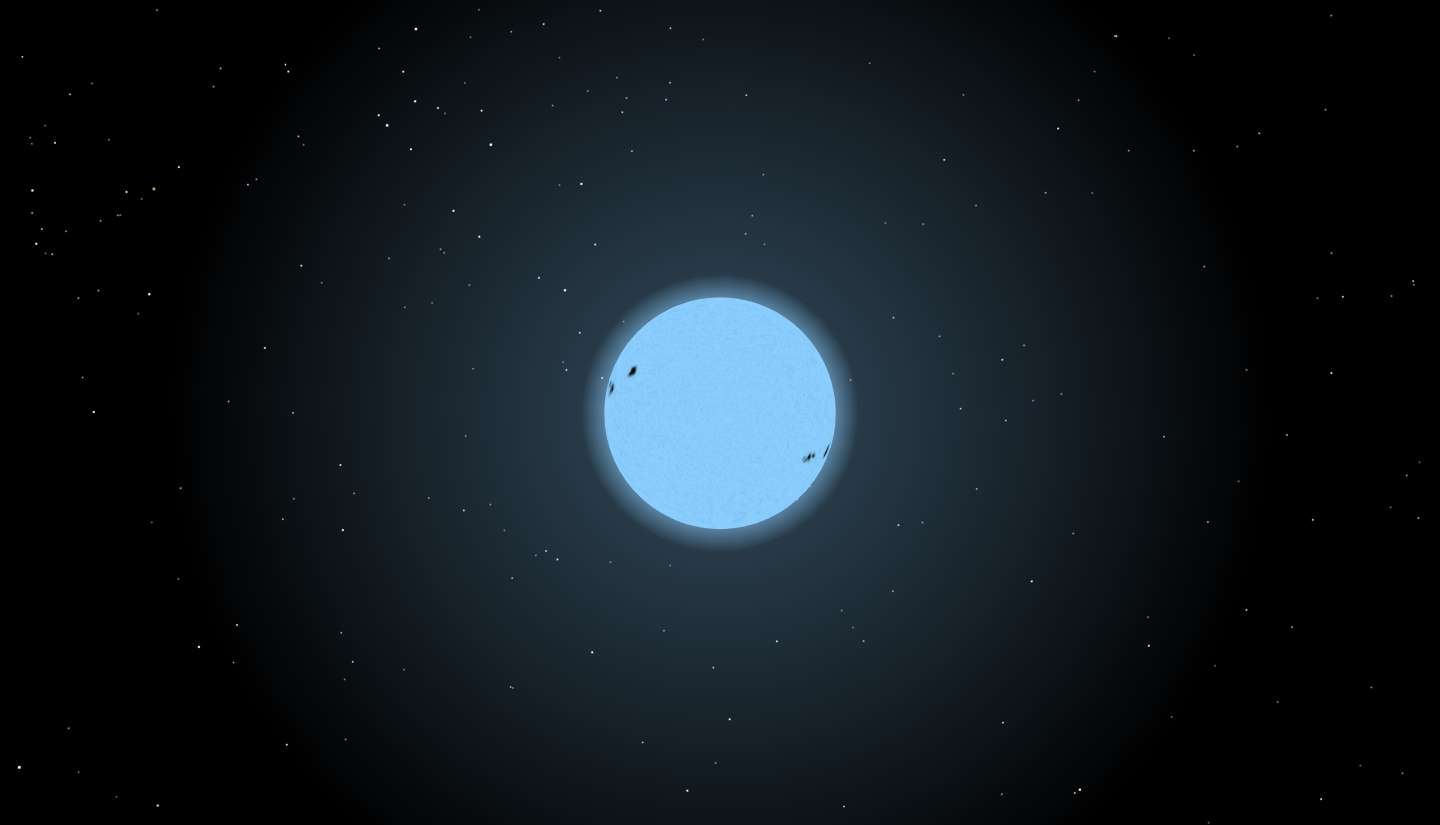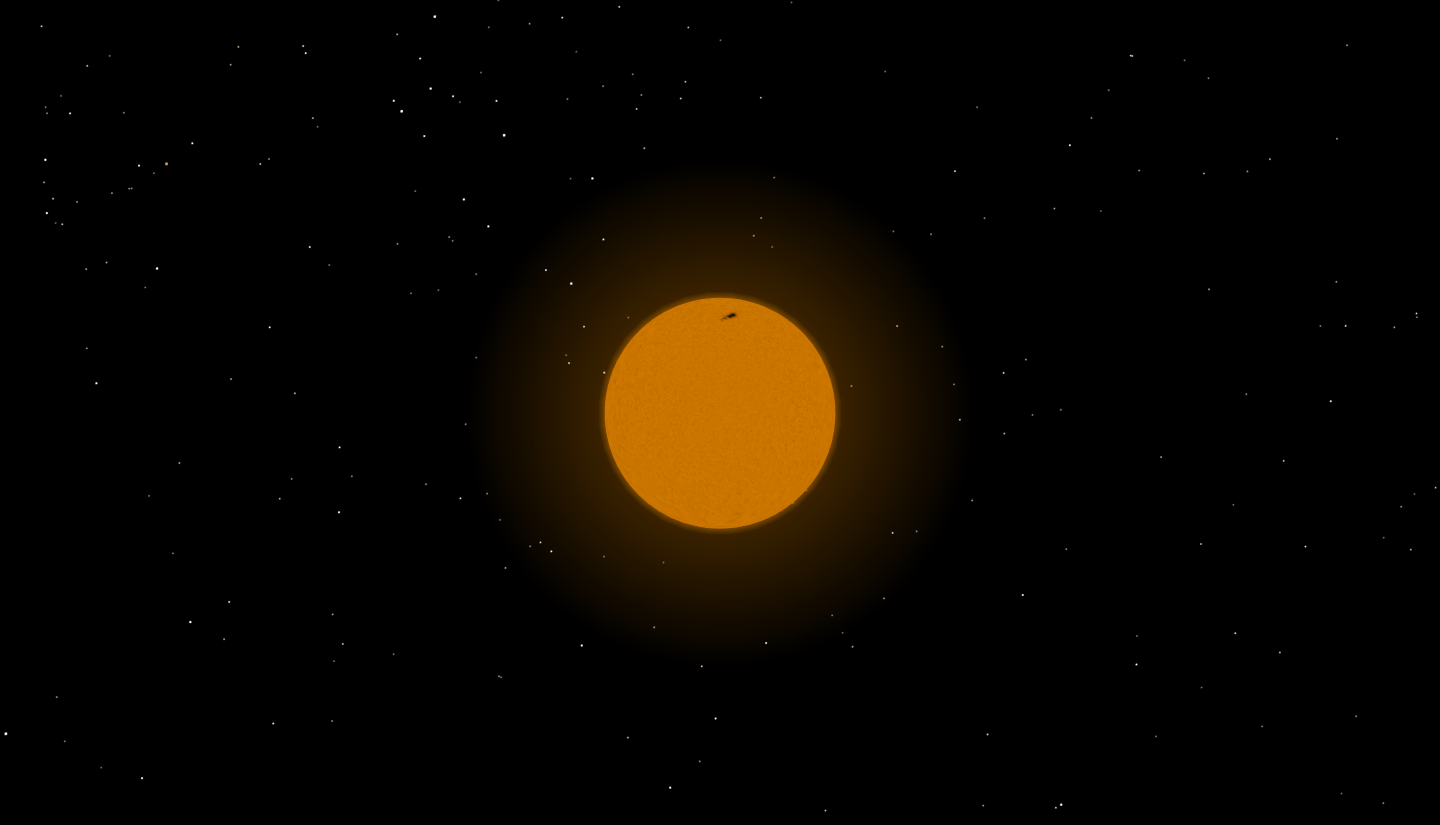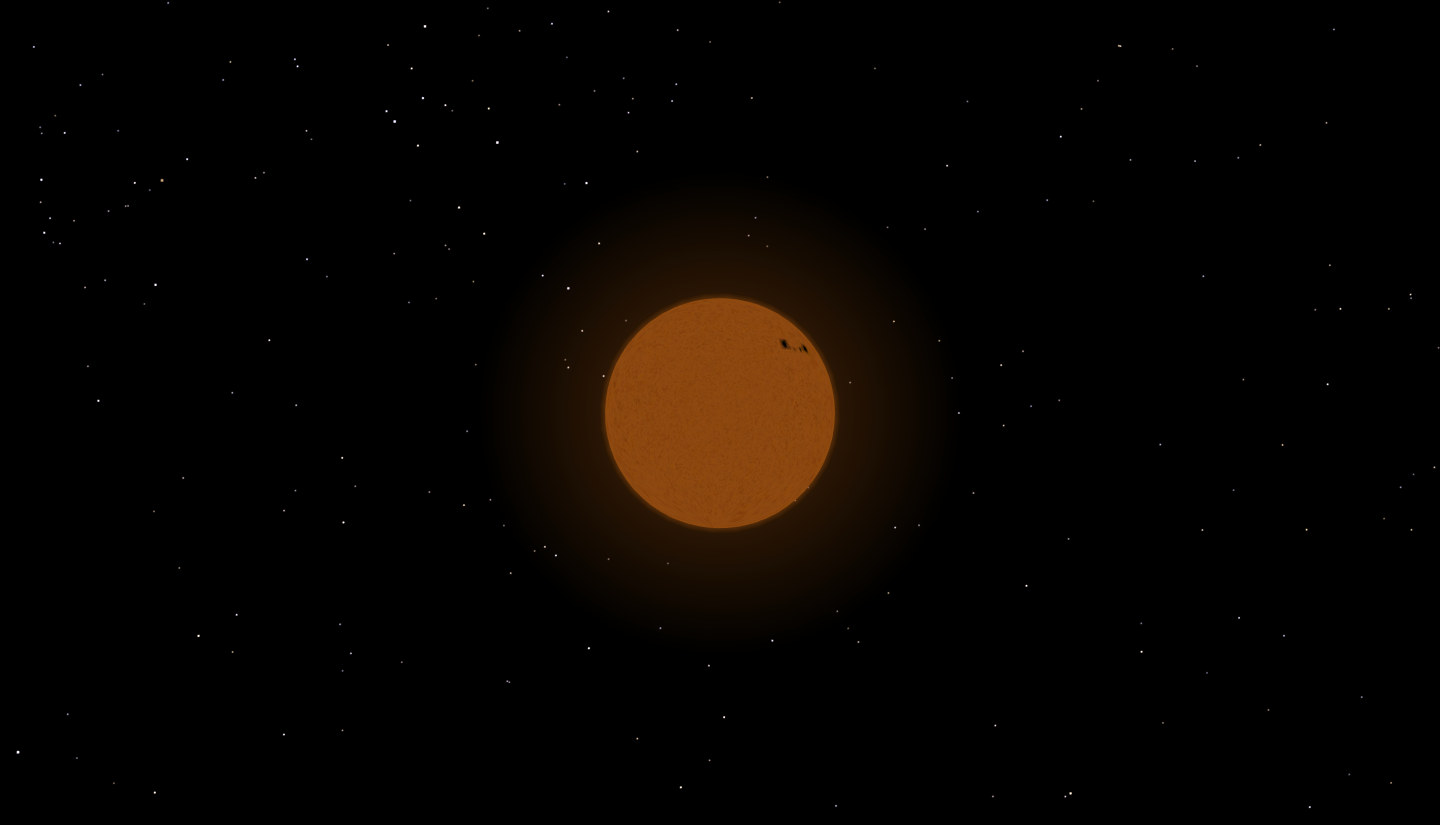One of the many exciting new features in Starry Night 7, is the ability to accurately render stars as 3-dimensional bodies with classification appropriate color, texture and relative radii.
A star is any body which burns or once burned hydrogen fuel. The energy and light produced in stars comes from the fusion of hydrogen atoms. As stars grow older, they use up their supply of hydrogen and have to find other sources of energy. When they reach this point, they become either red giants or supergiants, depending on their size. As they continue to use up energy, stars eventually become either white dwarfs or, in the case of very massive stars, neutron stars or black holes.
The star database in Starry Night is actually a compilation of several databases: the Hipparcos catalog, the Tycho-2 catalog, and Starry Night Pro and Pro Plus also include the USNO-A2 catalog.
The Hipparcos catalog comes from a European Space Agency project to determine the distance to our nearest stars. The 100,000 or so stars in this catalog are correctly plotted in 3D space and accurately displayed in Starry Night. This means you can leave the Earth behind and visit any of these stars. When you get there, the star will be rendered as a 3D body with the correct colour, texture and relative radii. It is as close to being there, without actually being there.
You can find out more about the Hipparcos catalog on the official web page:
http://www.rssd.esa.int/index.php?project=HIPPARCOS
Classification-Appropriate Color
Stars can be classified based on their spectral characteristics. This is done by splitting light with a prism or diffraction grating into a spectrum of colors and absorption lines. Absorption lines (dark lines or lines of reduced intensity on a continuos spectrum) are used as ‘fingerprints’ to help identify the relative abundance of different ions, which vary with the temperature of a star’s photosphere.
In short, the absorption lines present in a stars spectra allow us to classify stars into several spectral classes depending on the temperature of the star. And in general, a star’s temperature determines its color.
The scheme we use is the Harvard Spectral Classification Scheme, originally developed in the late 1800’s at the Harvard college observatory.
The scheme uses single letters of the alphabet to group stars according to their spectral features. Stars were assigned a spectral class letter based on the strength of the hydrogen absorption lines in their spectra. The main spectral classes are OBAFGKMLTY. This sequence is ordered from the hottest to the coolest stars. Using this scheme, our Sun, the nearest star to Earth, is a class G star.
There are two main methods to describe the color of a star based on spectral class. In Starry Night 7, we use theconventional colour description in the table above to represent spectral class colors. The conventional color description is what would be seen if the star were put under high magnification and projected onto a white sheet of paper in the daylight (takes into account only the peak of the stellar spectrum). Using this color description, our Sun appears yellow.
However, the actual apparent color description is what would be seen by the human eye under a dark sky. Using this color description, our Sun appears yellowish white.
A future update to Starry Night, will allow you to select between conventional color and apparent color to represent the spectral class of a star.
Texture
Each 3D rendered star displays a high resolution texture with detailed sunspots and granulated features, based on spectral class. We tried to make each star as unique as possible.
Relative Radii
All 3D stars in Starry Night 7 are rendered with their correct radii. To show the relative sizes of different stars, Starry Night places you at 0.023 Astronomical Units (AU) from a stars center when you select the Go There command. This means that a red giant star will appear large on your screen and a white dwarf star will look very small.
Luminosity
Besides the star surface itself looking more like it is emitting light rather than reflecting light like a planet does, we render simple atmospheres around the star. Each star has a "lower" and "higher" atmosphere. The lower atmosphere typically extends no more than 0.1 radii from the star and gives a softer-looking edge. The higher atmosphere typically extends multiple radii away from the planet and provides the overall haze effect within the vicinity of the star.
Based on the stellar class, we try to convey a sense of luminosity by varying the atmosphere sizes.
Star Horizon Panoramas
In addition to orbiting a 3D star, you can also land on its surface via the Go There Surface command. Each star has a unique horizon panorama to match it’s spectral class.
The Future
As part of the ongoing development of version 7, we plan on continuing to improve the appearance, accuracy, information and features available for discovering, viewing and exploring 3D stars. How neat would it be to view double stars in 3D, see the inside layers of a red giant, display a stars habitable zone or even animate solar flares? Stay tuned…
